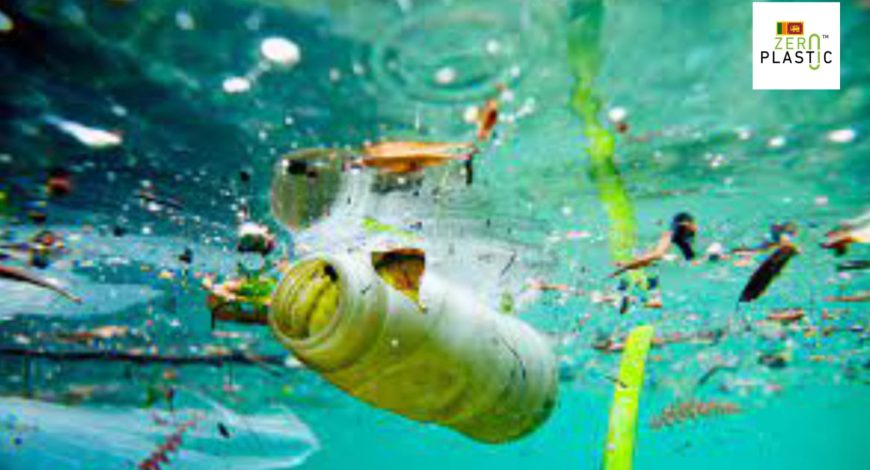It is an indisputable fact that seafood fulfill the nutritional needs of most of the world’s population.
But today, the greatest resource, ocean is slowly being destroyed by human by the harmful practices of mankind such as dumping plastic waste into the ocean.
Every second, a large amount of plastic waste is dumped into the sea, and that increases the amount from about 40 million tons of plastic a year. Most of these plastic waste are floating over the sea whereas some are sunk at the bottom of the ocean.
China is the world’s largest producer of plastics almost every year .It accounts for 29.7% of the world’s total plastics production. 12% of such plastic products are disposed by burning, 9% by recycling and rest are thrown to landfills. Toxic gases produced during combustion are released into the environment, and it never seem to be a suitable way to reduce polythene.
Plastics are dumped to the sea primarily across rivers, and the ways that rivers can be polluted with plastic are by diversion of plastics into rivers and blowing plastic away by the wind.
These plastics do not decompose for thousands of years, but they break down into smaller particles. These invisible particles are called microplastics, and these flow forward along the food chain. Animals who at the end of the food chain are more susceptible to these microplastics, and it causes a variety of diseases, including obstruction of the esophagus, swelling, and death. In addition, poisoning, breakdown of reproductive processes, and changes in metabolic processes are also common conditions. Especially, It is important to keep in mind that humans are also at the core of these food chains.
Small fish and oyster species, such as oystercatchers, can crash and die due to entrapment of small pieces of plastic. Recently it was a common sight to see that many marine animals piled up on the shore as the plastic beads that were found on the Express Pearl ship were stuck in their gill.
These plastic waste was one of the reasons of creating garbage patches in the ocean. The Great Pacific Garbage Patch between Hawaii and California is one of the best examples for this.
Five types of Garbage Patches can be found throughout the ocean and are caused by sea waves. Researchers have found that, although there are visible amount of plastics on the sea surface, the highest percentage of these are invisible microplastics.
Many people, including some of the world’s top companies, have already taken steps to eliminate plastics, and if it is difficult to get rid of plastic, isn’t it our main responsibility to at least reduce using plastics and allow future generations to enjoy a non-polluted environment?
Piyumi Rathnayake
Faculty of Fisheries and marine sciences and Technology
University of Ruhuna


